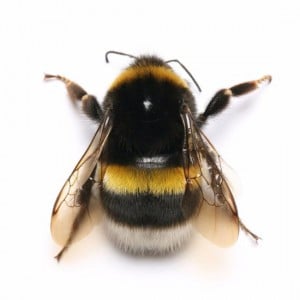It’s becoming the norm for people to share their whole lives with others online, especially via social media.
We feel like we are right there when Sally’s son takes his first steps or when Tom’s daughter wins her soccer grand final. Many parents want to share these special memories by uploading a photo of their child online, often with their child’s friends, class or sports team. But what rules are in place to control when parents or others can upload photos of other people’s children online? This is a controversial topic which has been the cause of feuds right across the country. Find out the rules today so you know your rights, and to avoid interfering with the rights of others!
Privacy Laws
There are laws and regulations you need to consider before publishing any image or video of children online. First, the Privacy Act 1988 (Cth) applies across all of Australia and covers the collection, use and disclosure of any photo or other image of a child. Such images that would enable children to be “identified” – such as in a school or sport uniform, outside their house, or at another recognisable facility such as a sports stadium – should not be published online without consent from both the child and their parent or guardian. Nevertheless, regardless of whether the image you wish to take or upload of a child is “identifying”, it is always best to obtain consent from the child and their parent or guardian as a common courtesy.
Child Protection Legislation
Children are also protected by the operation of child protection legislation. Children involved in family court, child protection, or criminal proceedings will have their identity protected, including their names and images. For example, under the Children and Young Persons (Care and Protection) Act 1998 (NSW), it is an offence to publish any material which could be used to identify a child involved in a court or non-court child protection proceeding. Child protection legislation is especially strict in relation to media coverage of children’s matters. For example, no story can be published which identifies a child as a foster child. Clearly Australian law pays special attention to the rights, safety and well-being of children. Even so, it is important that we adopt good practices beyond those enforced by law.
Good Practices
The most important thing to remember before using any image of a child is to obtain consent from the child and/or their parent or guardian. This applies to individuals, as well as community organisations and businesses. Many industries and organisations have developed their own voluntary codes of conduct in relation to the use of images of children. For example, the Australian Sports Commission has guidelines about how images of children can be created, obtained and displayed. Just a few of the many ‘good practices’ in the code include:
o Parents should be informed if anyone wants to film their children for any reason.
o Photographers should always be supervised around children.
o No identifying information should be posted with photos of children.
There are also a number of strategies parents can use at home to help children be safe online. Some of these strategies include:
o Educating children about safe online practices
o Keeping computers in public areas of the house so children can be supervised
o Reminding children of the public nature of the internet and any photos they post.
Would you like further information?
The Internet is a great tool with many convenient uses, but along with its benefits come many risks! As a parent or guardian, it is your duty to take positive action to protect your children online, and to respect the privacy of the children of others.
What do you think about children’s pictures being posted online? Share with us in the comments.
We may get commissions for purchases made using links in this post. Learn more.




















-

-
-
-
mom101628 said
- 04 Feb 2017
Reply
-

-
-
-
ella12 said
- 31 Jan 2017
Reply
-

-
-
-
Ellen said
- 27 Jan 2017

Reply
-

-
-
-
robyn_smithwick said
- 24 Jan 2017
Reply
-

-
-
-
mom81879 said
- 09 Jan 2017
Reply
-

-
-
-
Ellen said
- 09 Jan 2017

Reply
-

-
-
-
mom117465 said
- 06 Jan 2017
Reply
-

-
-
-
curlytops said
- 06 Jan 2017
-

-
-
-
mom93821 said
- 06 Jan 2017
Reply
-

-
-
-
mom112217 said
- 06 Jan 2017
Reply
Post a comment12:35 am
11:48 am
3:50 am
2:05 pm
7:57 pm
3:32 am
10:18 pm
1:12 pm
-

-
-
-
mom93821 replied
- 07 Jan 2017 , 6:26 am
Reply12:09 pm
11:53 am